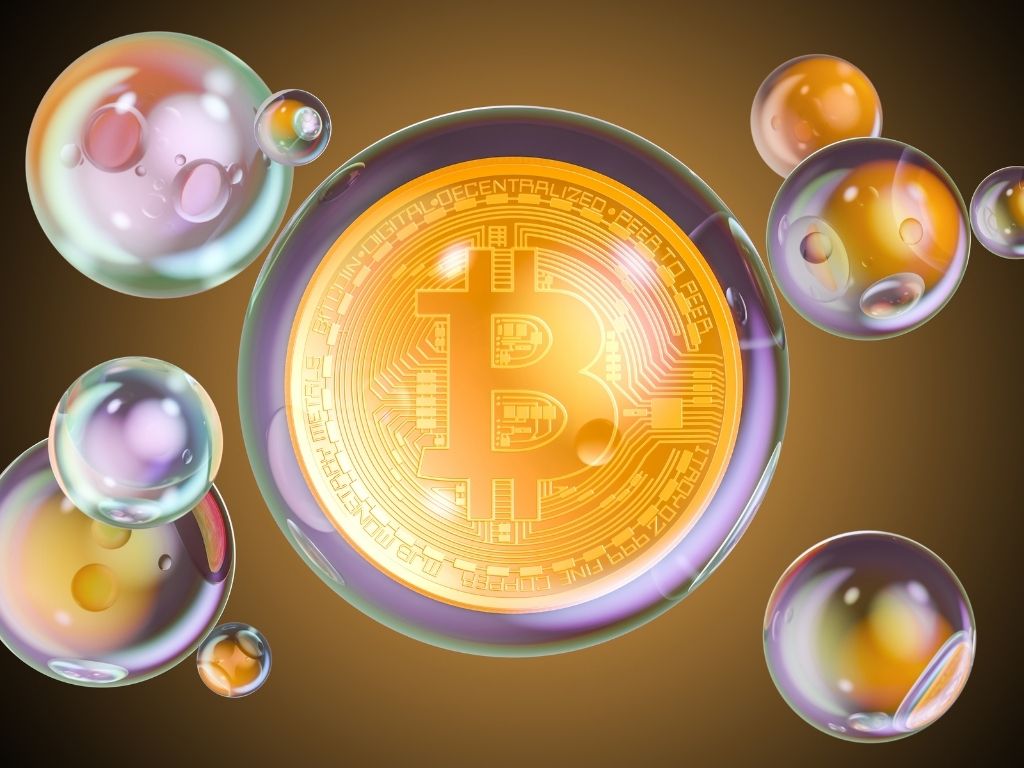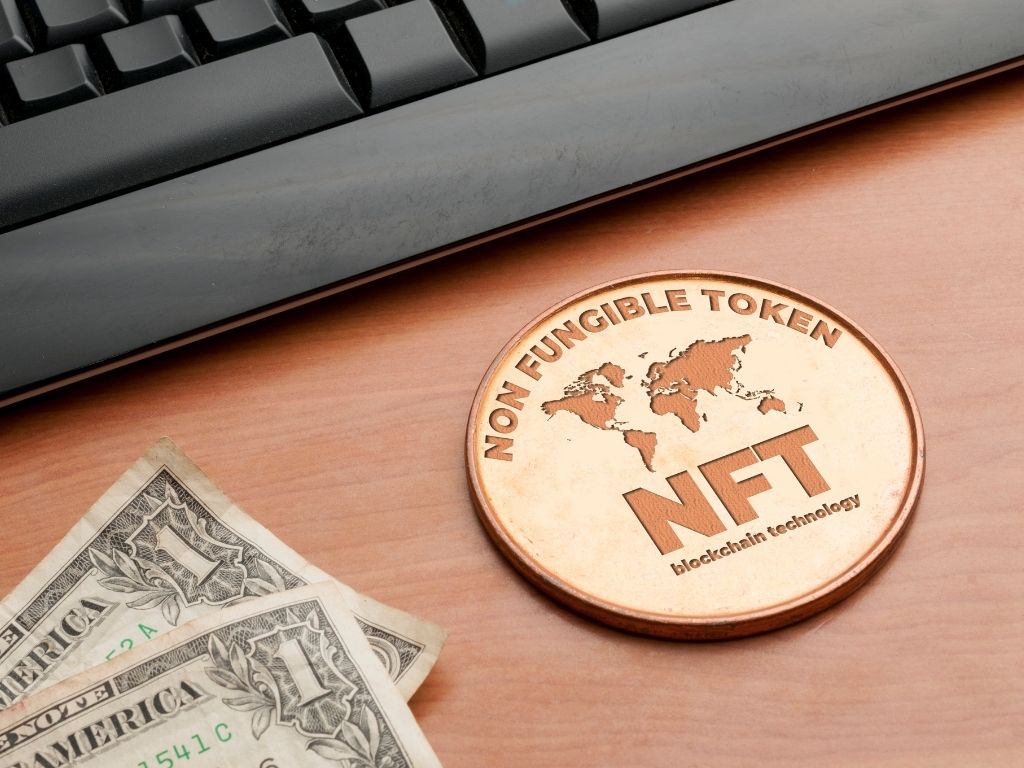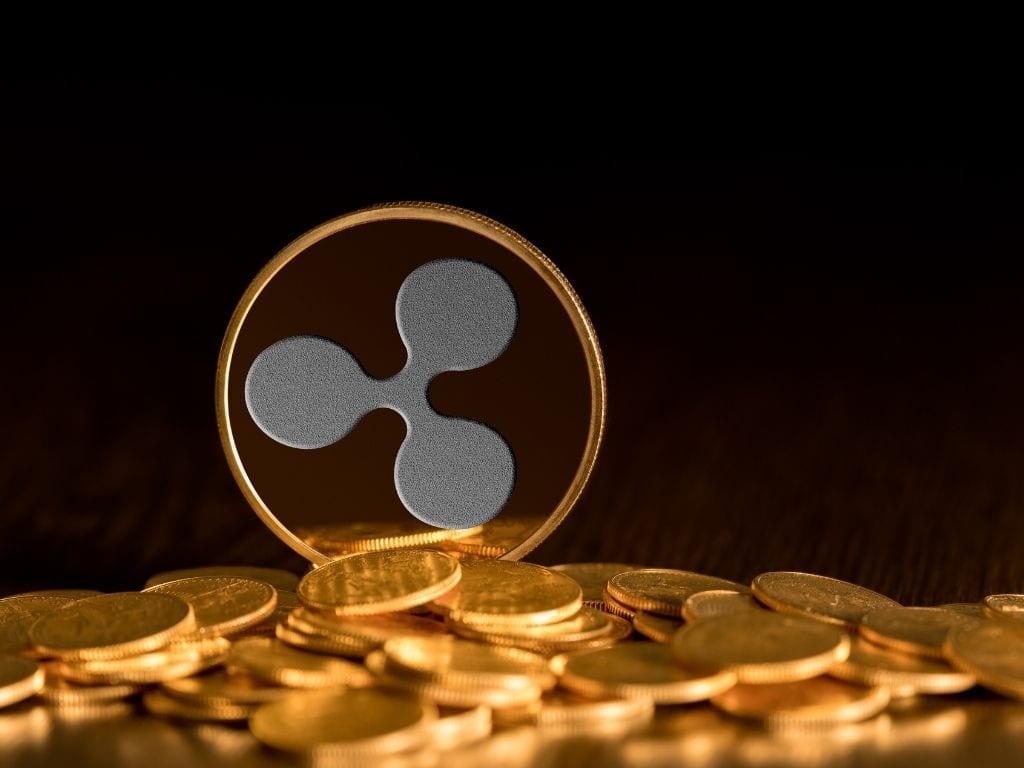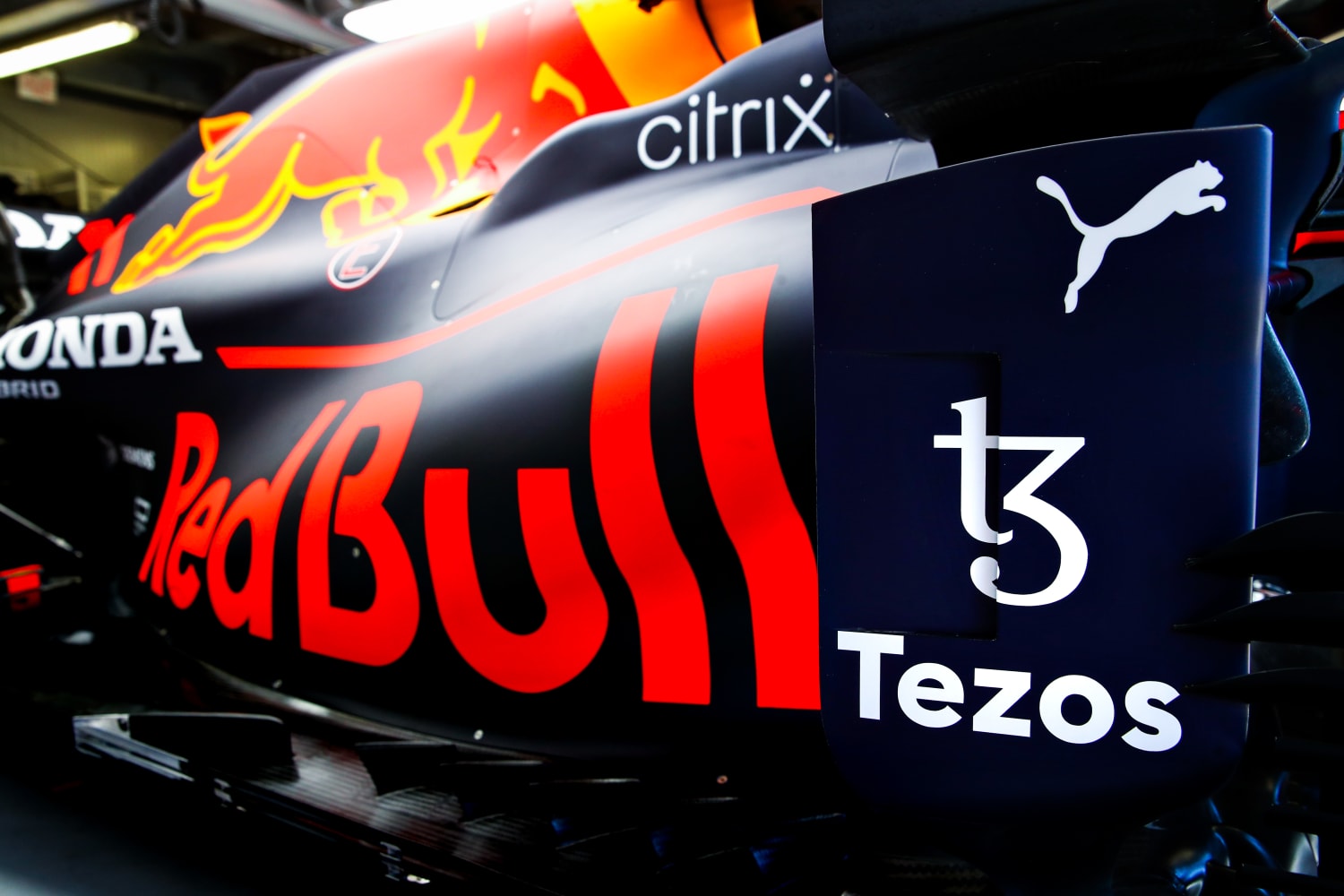Are NFTs Giving Us Another Sign of a Financial Bubble in 2021?
In just two years, the market for non-fungible tokens (NFT) has increased by nearly tenfold, with a projected value of $340 million in 2020. You may recall that Jack Dorsey, the co-founder, and CEO of Twitter, sold his first tweet as an NFT for over $2.9 million in March 2021. The value of an NFT stems from its rarity, as it is a digital asset that cannot be replaced by an identical item, unlike Bitcoin. Please read our disclaimer on investment-related topics before continuing.
Even though NFTs are a relatively new technology, their long-term worth is questionable. We believe they are a ruse and a precursor to the 2021 market bubble:
NFTs certify a user’s ownership of an instance of a digital file, which is debatable scarcity. Even though that instance is one of a kind, other one-of-a-kind instances are simple to generate.
– Purchasing Jack Dorsey’s initial tweet, for example, is equivalent to purchasing a copy of his tweet with a unique and non-alterable ID number. As a result, the NFT’s owner does not own the original tweet.
– History of failing to generate huge, liquid markets: Cryptokitties, for example, is a previous NFT example that has lost much steam.
– According to Bloomberg, the average price of NFT dropped in April. The cryptocurrency used to buy and sell NFTs produces a significant amount of carbon emissions.
What is NFT?
Non-fungible tokens (NFTs) are digital assets maintained on a blockchain and certified as unique and non-transferable. NFTs can be images, videos, audio files, or any other type of digital material (e.g., tweets, Facebook posts). A “minted” token, on the other hand, is linked to a file by a unique code that allows the original file to be identified from copies floating around the internet.
NFT Properties
– They exist only as digital bits on the blockchain and have no physical embodiment.
– In the blockchain, they have a unique ID. Today, you may swap a $100 note with a specific serial number for 72 pounds, 84 euros, or even two $50 bills. The serial number (the unique identifier) on the banknote has no bearing on the money’s worth. The value of NFTs, on the other hand, comes from their unique identification.
– The digital item linked to it may or may not be unique. It can be copied and re-posted as an NFT on the blockchain, but it will be assigned a new ID.
How are NFTs Created?
NFTs are formed by establishing a file on a blockchain that cannot be modified, manipulated, or erased. When someone purchases an NFT, the token is sent to their digital wallet. However, copyright entitlements for the acquired file are not always granted to the customer.
Token Standards
Token standards are a collection of criteria that enable token creators to create unique tokens that can be identified from one another, validate their ownership, and maintain track of the tokens they have created. The ERC-721 standard is used to build the majority of NFTs. The following are examples of token standards:
ERC – 1155
The ERC-1155 standard includes ERC-721 capabilities as well as “semi-fungibility.” The ERC-1155 Multi Token Standard, unlike ERC-721, allows each token ID to represent a new customizable token type with its information, supply, and other features.
ERC – 721
On the Ethereum blockchain, ERC-721 was the first standard for representing non-fungible digital assets. Within Smart Contracts, it implements a token API. The token ID in the ERC-721 standard is a single non-fungible index, and the collection of non-fungibles is deployed as a single contract with global parameters. This standard was used to create CryptoKittys and Sorare collectibles, among other things.
Flow
On the Flow blockchain, Flow is a work-in-progress standard for NFT contracts. It is said to have the minimum functionality required to create a safe, secure, easy-to-understand, and simple-to-use non-fungible token contract in the Cadence programming language.
NFT Examples
A non-fungible token is any digital asset that is one-of-a-kind and for which an owner can be recognized with certainty. As previously stated, the most frequent NFT solution requires blockchain.
One of the examples is –
CryptoKitties – CryptoKitties is an Ethereum-based game. Dapper Labs created it in 2017 to allow players to buy, collect, breed, and sell virtual cats. Each cat has its genome, which determines its appearance and characteristics.
The game was extremely popular in China and was trending for about two months after its debut. The NFT mania that occurred after Twitter’s CEO sold his first tweet for $3 million resurrected the game’s popularity in Q1 of 2021. In March 2021, >5,000 CryptoKitties coins were sold for >$9K, according to NonFungible. However, the game does not appear to have reached its early popularity levels, based on the Google Trends graph and market volume.
NFT Market Size
According to PRN news, the NFT market rose by 299 percent in 2020, with the NFT metaverse, arts, and gaming having the highest sales. In addition, NonFungible, a company that records NFT sales, reports that in the first week of April 2021, $35 million was spent on collectibles, $18 million on games, and $11 million on art.
The rise of the AR/VR game business and the growing number of investors in digital art are the main drivers of NFT growth. The rise of cryptocurrencies and the increasing prices of Bitcoin and Ethereum, on the other hand, may encourage more people to seek possibilities to invest in NFTs.
What is the Future of NFT?
The transition from static to dynamic NFTs is the latest NFT trend. Dynamic NFTs are smart contracts that rely on oracles to provide real-time data. Smart contracts require safe input data, which is provided by Oracle networks like Chainlink. The oracle enables the NFT to use external data/systems for minting/burning NFTs, peer-to-peer trading, and status verification.
Dynamic NFTs, for example, can be created in real-world places using user-specific location data. In addition, these NFTs can be placed in a variety of areas, both sponsored and unsponsored.
Stay informed with daily updates from Blockchain Magazine on Google News. Click here to follow us and mark as favorite: [Blockchain Magazine on Google News].
Get Blockchain Insights In Inbox
Stay ahead of the curve with expert analysis and market updates.
latest from tech
Disclaimer: Any post shared by a third-party agency are sponsored and Blockchain Magazine has no views on any such posts. The views and opinions expressed in this post are those of the clients and do not necessarily reflect the official policy or position of Blockchain Magazine. The information provided in this post is for informational purposes only and should not be considered as financial, investment, or professional advice. Blockchain Magazine does not endorse or promote any specific products, services, or companies mentioned in this posts. Readers are encouraged to conduct their own research and consult with a qualified professional before making any financial decisions. The featured image used is just a creative depiction of the title and it does not intend to hurt sentiments of any person or institution. If it hurts anyone sentiments, please do not hesitate to reach out to Blockchain Magazine.

 Bitcoin
Bitcoin  Ethereum
Ethereum  XRP
XRP  Tether
Tether  Solana
Solana  USDC
USDC  Dogecoin
Dogecoin  Cardano
Cardano  Lido Staked Ether
Lido Staked Ether  TRON
TRON  Wrapped Bitcoin
Wrapped Bitcoin  Wrapped stETH
Wrapped stETH  Chainlink
Chainlink  Avalanche
Avalanche  Sui
Sui  Stellar
Stellar  Litecoin
Litecoin  Toncoin
Toncoin  Shiba Inu
Shiba Inu  Hedera
Hedera  LEO Token
LEO Token  USDS
USDS  Hyperliquid
Hyperliquid  Polkadot
Polkadot  WETH
WETH  MANTRA
MANTRA  Bitcoin Cash
Bitcoin Cash  Bitget Token
Bitget Token  Ethena USDe
Ethena USDe  Wrapped eETH
Wrapped eETH  Uniswap
Uniswap  Monero
Monero  NEAR Protocol
NEAR Protocol  Pepe
Pepe  WhiteBIT Coin
WhiteBIT Coin  Aave
Aave  Ondo
Ondo  Bittensor
Bittensor  Aptos
Aptos  Internet Computer
Internet Computer  Dai
Dai  Official Trump
Official Trump  Ethereum Classic
Ethereum Classic  Tokenize Xchange
Tokenize Xchange  Mantle
Mantle  OKB
OKB  Gate
Gate  sUSDS
sUSDS  Coinbase Wrapped BTC
Coinbase Wrapped BTC 




